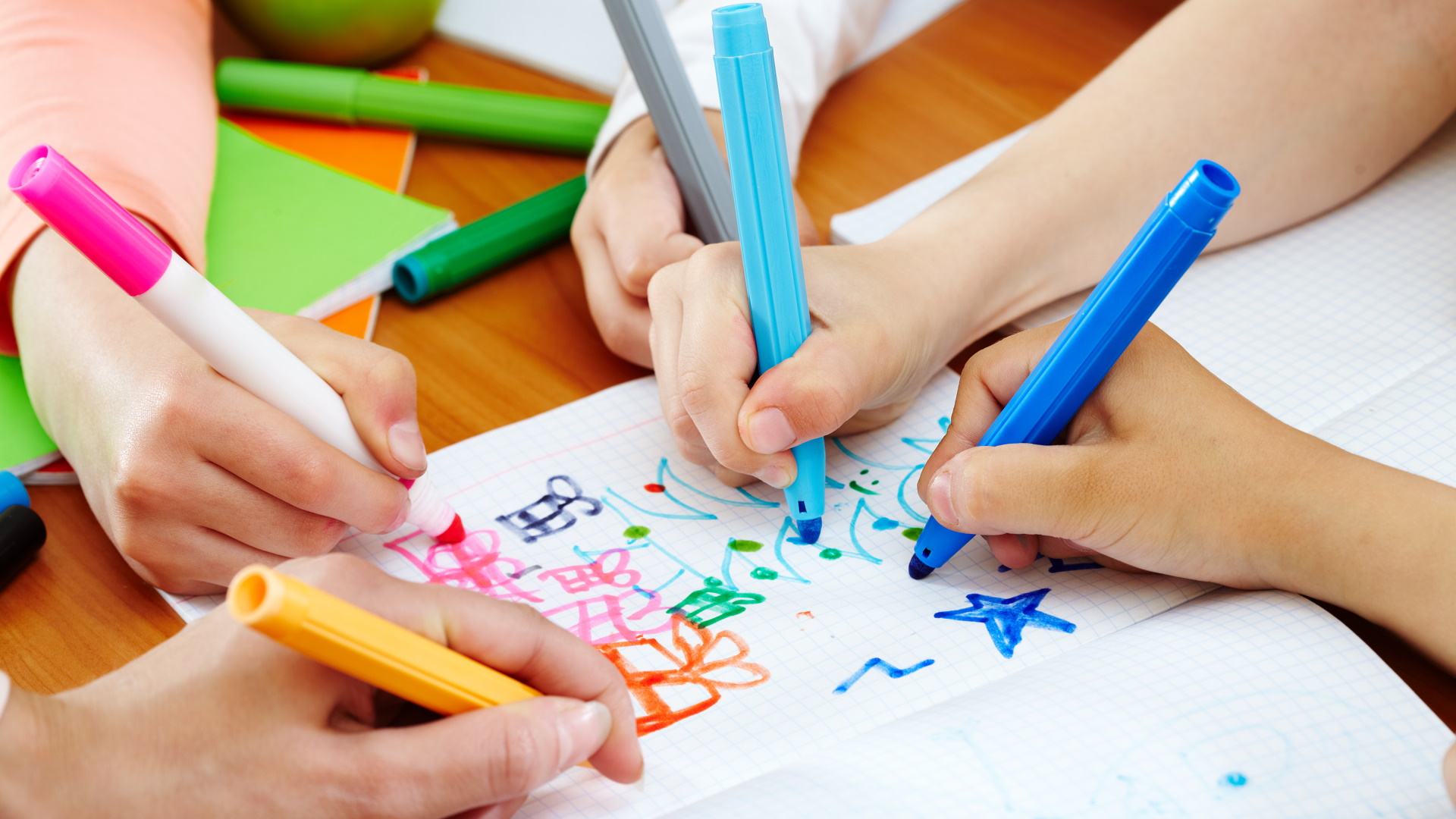When teaching young learners there is one thing I want them to feel; safe. Vocabulary, grammar, and skills are important. But nothing really matters, if our students do not feel comfortable in their learning environment, if they don’t feel safe making mistakes, if they don’t feel comfortable using the language. So, my first and most important advice for all the teachers out there is to create a safe learning environment in their classrooms. Here are some ways to do that:
Text by: Elizabeth Veliou
- Flexible sitting arrangement. Have your young learners sit on the floor, move the desks, create special working stations, and just stay away from the traditional classroom sitting arrangement. Whatever reminds them of their morning school and formal education, makes them feel uncomfortable most of the time. Whether we like it or not, the traditional schooling system has deprived students of their spontaneity, and whatever looks like it intimidates them.
- It’s not Mrs. Elizabeth it’s Elizabeth. I know that it may sound unfamiliar to many, but I encourage my students to call me by my first name. No “kyria”, no “Mrs.” no formalities. I have a name, use it. This is the first classroom rule that I tell them on the first day of the school year. And it works wonders! They know I’m their teacher, they know I’m the school’s administrator but I’m also their Elizabeth, not a certain “Mrs.”. I am part of the team. I belong, so they belong.
- Creative Noise. I will always remember a professor I had at university, who told me that if you stand outside an ELT classroom and you don’t hear some noise, something’s really wrong. When teaching language to children, children should be using the language. Students should be playing games, working in pairs or groups, role-playing, asking questions (I personally think that asking questions is more important than answering them), having fun while learning. If teaching and learning means lecturing on the part of the teacher and doing exercises on the part of the students, then the whole lesson has failed and no real learning has actually occurred.
- Let them move. Young learners can’t stand still. They can’t sit at a desk for more than twenty minutes. They need movement and action and we, as teachers have to integrate movement into the learning procedure. Kinaesthetic games have to be part of every lesson plan designed for young learners. For every 20 minutes of motionless learning, there has to be a ten-minute kinaesthetic activity. You can easily take the book’s boring vocabulary exercise and turn it into a jump and say flashcards game. Simple tricks like that can transform the learning procedure and your classroom!
- Learning Outside the 4 Walls. Children love being in touch with nature. Incorporating the outdoors into your classroom can be a fun way for children to learn. Studies show that getting into nature has a calming effect on children, improves sensory skills, can increase attention spans, and gives children a sense of freedom. From a scavenger hunt to water games, the outdoor classroom has a lot to offer to young learners. As Cathy James wisely mentioned, "Anything you can teach in an indoor classroom can be taught outdoors, often in ways that are more enjoyable for children."
When children feel safe, free, and loved, they learn easily. Long before worrying about rules, dictations and exams we should create a culture where learning comes naturally, a place where everyone feels part of this small community, a place where everyone feels good. So, whatever you do, make sure that it communicates one message: You Belong!
